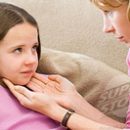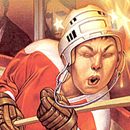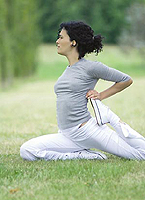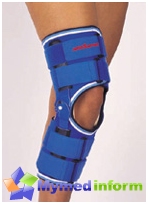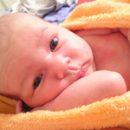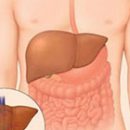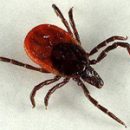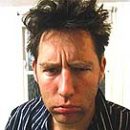Brain injury is a local brainwhaver damage from minor (small hemorrhages in the affected area and swelling) to heavy (gap and brain scramble).
Content
In the clinical picture, in addition to general-selling symptoms, focal, characteristic of the affected brain section are clearly traced. 4 degrees of brain ears are isolated: light, medium, heavy.
Symptoms of brain injury
At easy degree Consciousness turns off from several tens of minutes to several hours (1-3 hours). Moderately expressed general-selling symptoms: amnesia (memory loss), nausea, vomiting. Man worries headache, dizziness. Focal symptoms appear: disruption of movements and sensitivity on the side of the body opposite to the place of the brain's injury; speech disorders, vision; PARERS Mimic muscles of the face and muscles of the language (weakening the active muscle motor ability); Light anisocoria (The inequality of the magnitude of pupils); Nistagm (involuntary oscillatory eye movements).
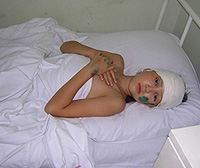 At average Consciousness turns off from several tens of minutes before a day. In patients expressed amnesia, there is a violation of the psyche, anxiety, multiple vomiting. The pulse frequency (brady or tachycardia) changes, the blood pressure and body temperature increases (subfebrile, 37-37.5), breathing without disturbing rhythm. Focal symptoms are expressed: violation of the pupil reaction, eye disorders, nystagm, parish limbs, sensitivity disorder. Gradually for 3-5 weeks. Focal symptoms are smoothed. A sharp increase in intracranial pressure causes disorder of the functions of the central nervous system.
At average Consciousness turns off from several tens of minutes before a day. In patients expressed amnesia, there is a violation of the psyche, anxiety, multiple vomiting. The pulse frequency (brady or tachycardia) changes, the blood pressure and body temperature increases (subfebrile, 37-37.5), breathing without disturbing rhythm. Focal symptoms are expressed: violation of the pupil reaction, eye disorders, nystagm, parish limbs, sensitivity disorder. Gradually for 3-5 weeks. Focal symptoms are smoothed. A sharp increase in intracranial pressure causes disorder of the functions of the central nervous system.
Heavy degree brain injury characterized by turning off consciousness from several hours to several weeks. The focal symptoms caused by the lesion of the brain stem: hyperthermia (up to 39-40 are pronounced °C), respiratory rhythm disorder, brady or tachycardia, arterial hypertension. Neurological symptoms are dominated: violation of the diameter and reaction of pupils into light, eye disorders, oppression of corneal reflexes (Reflex of the occupation of the eyelid at easy touch) and swallowing and others. The general condition remains extremely difficult for many days and often ends with death.
With a positive dynamics, general-selling and focal symptoms disappear slowly, and motor and mental violations remain for life.
Treatment of brain bruises
The main treatment is aimed at combating acute respiratory failure - recovery of the airways (the introduction of the air duct, intubation, IVL, inhalation of oxygen). To combat elevated intracranial pressure in / in glucose, urea, manitol, lazyx, Novocaine. To reduce body temperature, Amidopin and Analgin are prescribed 3-4 times a day. With heavy shape of the brain injury, combined lithic mixtures (DIMEDROL, Pipolfen, Aminazine, Tizercin, Pentamine) are introduced. Transfusion therapy is carried out to 3-4 liters per day. To improve the supply of brain with oxygen, a solution of sodium oxybutirate (GOM) is injected with oxygen (GOM) at 40-80 ml per day.
Features of the nursing care for patients with heavy cranial trauma (prophylaxis of pneumonium, cavity care, patient feeding, etc.) reviewed at the end of the chapter.
All people with brain injury, even a lightweight, need strict bed mode for at least 1 month. The control over their condition during treatment is carried out by a neuropathologist, oculist, and after restoration of working capacity, patients are observed in a psychoneurological dispensary.

